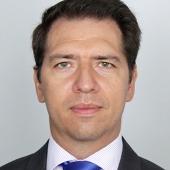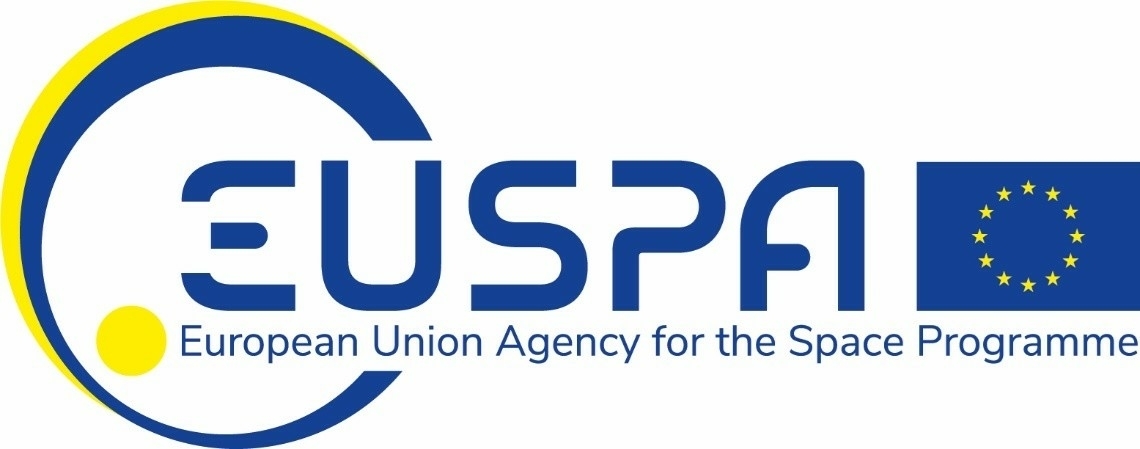
Copernicus/EMODnet Demonstrator for Seaweed Farming
Copernicus/EMODnet Demonstrator for Seaweed Farming
Manuel Lopez, Senior Technology Officer, EUSPA (EU Agency for the Space Programme), Czech Republic

Copernicus/EMODnet Demonstrator for Seaweed Farming
Manuel Lopez, Senior Technology Officer, EUSPA (EU Agency for the Space Programme), Czech Republic
About the speaker:
Manuel Lopez is Senior Technology Officer for Market Development in the European Union Agency for the Space Programme (EUSPA), where he is supporting and fostering the adoption of Galileo, EGNOS and Copernicus in Waterborne and Emergency Response Applications. He has deeply contributed to the development of applications to exploit Galileo Authentication in fisheries, as well as the development of new tools based on Copernicus data to support the fisheries and aquaculture sector.
He received his PhD in System Engineering and Automation from the University of Seville in 2005. He got a permanent position as Associate Professor at the University of Seville in 2008, where he was teaching until he joined EUSPA (former GSA) in 2013 as seconded national expert in the Market Downstream and Innovation Department.
Company info:

EUSPA is the operational European Union Agency for the Space Programme. EUSPA provides safe and secure European satellite navigation services, advances the commercialization of Galileo, EGNOS, and Copernicus data and services, engages in secure SATCOM (GOVSATCOM & IRIS2), and operates the EU SST Front Desk. By fostering innovation in the space sector and above and collaborating with the EU Space community, EUSPA contributes to the European Green Deal and digital transition, enhances Union safety and security, and strengthens autonomy and resilience. https://www.euspa.europa.eu/
Presentation:
EUSPA has developed with CGI and EOMAP a Copernicus/EMODnet demonstrator for Seaweed Farming, which allows the farming companies to access the EO data needed for two use cases identified.
With the Copernicus Seaweed Demonstrator, Seaweed farmers can access near real-time information on the marine environment and ocean conditions, including nitrate, temperature, chlorophyll and more. For these parameters, the tool integrates relevant satellite-derived information from their product portfolio, the Copernicus Marine Services and the EMODnet program. Data can be ordered for specific farm locations or a wider radius, worldwide.
Use cases:
a) Site Selection: The Copernicus/EMODnet tool facilitates the assessment of sites for Seaweed farming by analysing historical and current environmental parameters and thus reducing field visit dependency. This leads to more accurate site choices, improving Aquaculture operations' long-term productivity and sustainability, especially in remote and offshore areas.
b) Operations Optimisation: The Copernicus/EMODnet tool enables proactive farm management of key farming operations (time to seed, time to harvest and infrastructure monitoring) by continuously monitoring key environmental parameters and derive production parameters. An alert system warns if a threshold of environmental conditions is reached, optimising the operations and reducing manual measurements. This results in potential cost savings, improved resource management, and higher efficiency in Seaweed farming. Based on the analysis, a hybrid approach combining EO-enabled solutions' strengths with in-situ measurements is recommended, ensuring continuous monitoring while providing precise in-situ data when available.